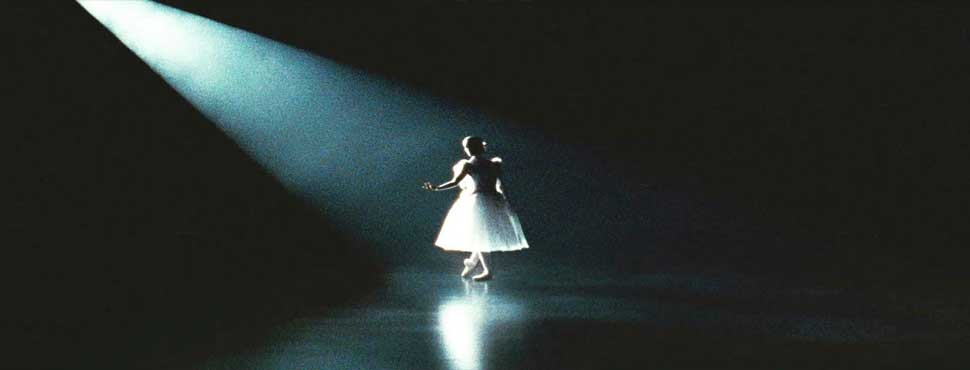Substance should always win out over style, right? However, in the digital world – where you have literally (milli) seconds to grab someone’s attention – first impressions still count.
People make snap judgments all the time in daily life, forming lasting first impressions of people, places and products in an extraordinarily short period of time. You may make a final choice on a new perfume by testing it out with a little spray here or there, but how did you decide which perfumes to try on before you even smelt them?
When a reader lands on your website, it’s often their first interaction with your brand. That first impression your site’s design creates is crucial in grabbing users’ attention. Google research has confirmed that site visitors get an initial ‘gut feel’ for your site within 50 milliseconds of landing on it. By comparison, the average blink of an eye takes 100 to 400 milliseconds.
You can’t expect people to stick around if that first impression is dull or confusing. The quality of the content might be great, but what good is it if users get put off before ever reading a word? First impressions not only count. They last.
Google’s key finding from their research was that users love simple and familiar designs. They follow digital conventions. Think about some of the websites you visit on a daily basis. Chances are, they are aesthetically pleasing and visually make sense to you.
If we consider content-heavy news websites, all of which are complex sites, we see lots of long-form content, multi-levelled navigation, related content links, ad placements, social sharing mechanisms, etc, etc – at first glance we see a vary similar approach to website design and layout. Two or three-column grids abound, the area ‘above the fold’ (seen on initial page load) contains a lot of the site elements – logo, navigation, headlines, ads – most important to the various site stakeholders.
But the application of good design practices can have a great impact on the initial impression the site gives the user. In the above example, The New Yorker feels intelligent – a premium environment – due to the use of clear navigation, good amounts of whitespace and legible typography. The content is allowed room to breathe and is clearly the most important element of the page.
Compare that to The Independent, with it’s cluttered appearance, multitude of navigation, ad spots and competing content links. It’s hard to focus on the actual content on the page – not a great place to absorb information.
Garry Taylor, UK art director at Say Media
Originally posted WallBlog 22 June 2015



